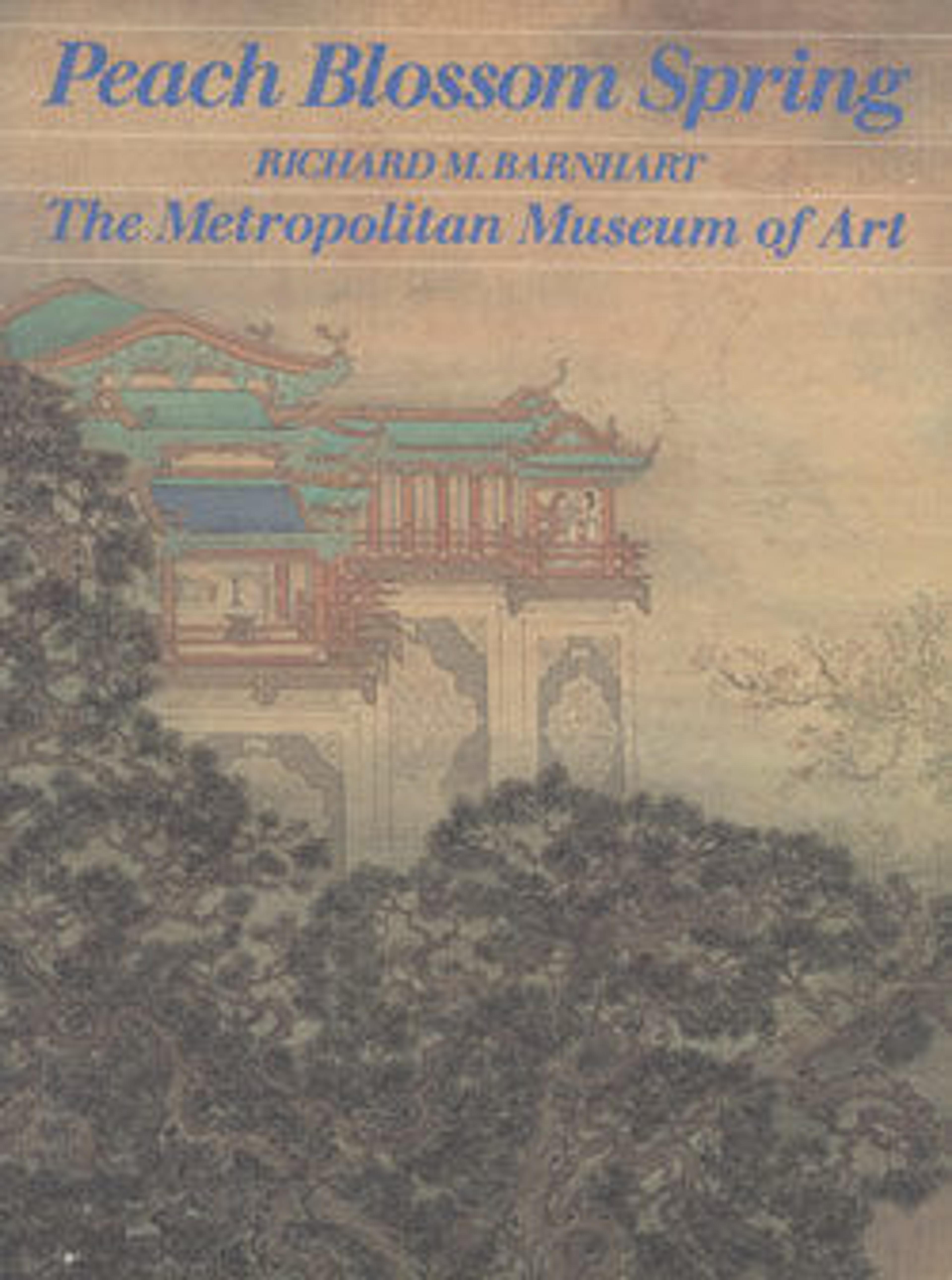Wilderness Colors
In the mid-1690s, after a life of wandering, Shitao settled permanently in Yangzhou, a bustling commercial city on the Grand Canal that eclipsed Suzhou during the eighteenth century as the most vigorous economic and cultural center in China. Renouncing his monastic vows and taking the name Dadizi, or "Greatly Purified One," Shitao turned to painting as his sole means of support.
In Wilderness Colors, each leaf offers something unexpected, not only in the painter's choice of subject and compositional arrangement but also in the subtle wit and touching personal insights revealed in the verbal and pictorial imagery. Many of the leaves were inspired by Du Fu (712–770) and Li Bo (701–762) of the Tang dynasty (618–907); others refer to personal experiences. In late-seventeenth-century criticism, an excess of technical versatility in painting was considered as bad as "overcooked" food. Shitao's lighthearted account of eating vegetables raw reveals his intention to maintain an uninhibited style all his own.
Once Wang Anjie* presented me with a poem, saying: "Get some spring water in your copper bowl and roast some taro on the earthen stove." He truly understood me. But what a laughable, uncouth person I am! This year I greedily obtained some huge taro roots. They were too large to be roasted in a short time, so I ate them all partly raw. Can you guess what the temperature is inside my stomach?
In Wilderness Colors, each leaf offers something unexpected, not only in the painter's choice of subject and compositional arrangement but also in the subtle wit and touching personal insights revealed in the verbal and pictorial imagery. Many of the leaves were inspired by Du Fu (712–770) and Li Bo (701–762) of the Tang dynasty (618–907); others refer to personal experiences. In late-seventeenth-century criticism, an excess of technical versatility in painting was considered as bad as "overcooked" food. Shitao's lighthearted account of eating vegetables raw reveals his intention to maintain an uninhibited style all his own.
Once Wang Anjie* presented me with a poem, saying: "Get some spring water in your copper bowl and roast some taro on the earthen stove." He truly understood me. But what a laughable, uncouth person I am! This year I greedily obtained some huge taro roots. They were too large to be roasted in a short time, so I ate them all partly raw. Can you guess what the temperature is inside my stomach?
Artwork Details
- 清 石濤 (朱若極) 野色圖 冊
- Title: Wilderness Colors
- Artist: Shitao (Zhu Ruoji) (Chinese, 1642–1707)
- Period: Qing dynasty (1644–1911)
- Date: ca. 1700
- Culture: China
- Medium: Album of twelve paintings; ink and color on paper
- Dimensions: Image (each leaf): 10 7/8 x 9 1/2 in. (27.6 x 24.1 cm)
- Classification: Paintings
- Credit Line: The Sackler Fund, 1972
- Object Number: 1972.122a–l
- Curatorial Department: Asian Art
More Artwork
Research Resources
The Met provides unparalleled resources for research and welcomes an international community of students and scholars. The Met's Open Access API is where creators and researchers can connect to the The Met collection. Open Access data and public domain images are available for unrestricted commercial and noncommercial use without permission or fee.
To request images under copyright and other restrictions, please use this Image Request form.
Feedback
We continue to research and examine historical and cultural context for objects in The Met collection. If you have comments or questions about this object record, please complete and submit this form. The Museum looks forward to receiving your comments.
